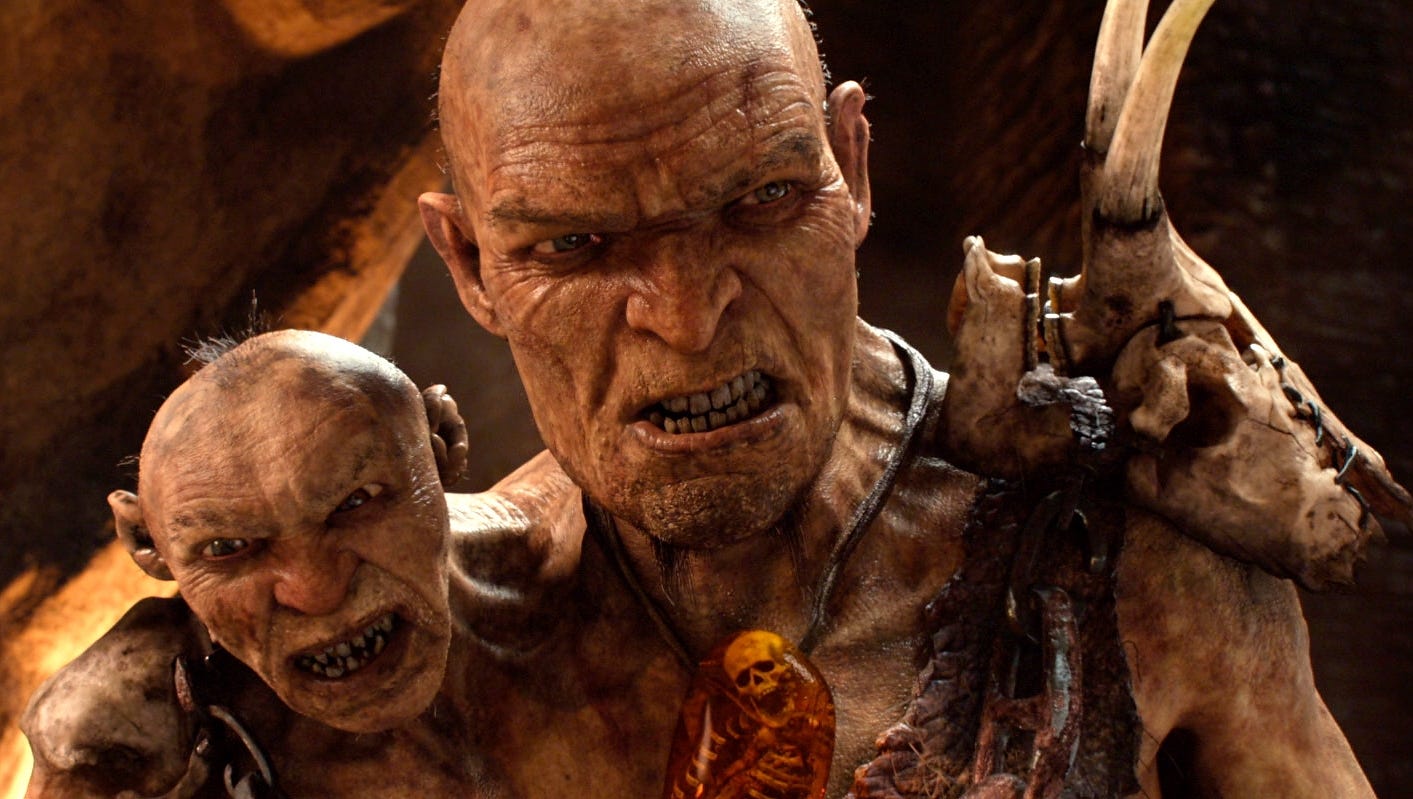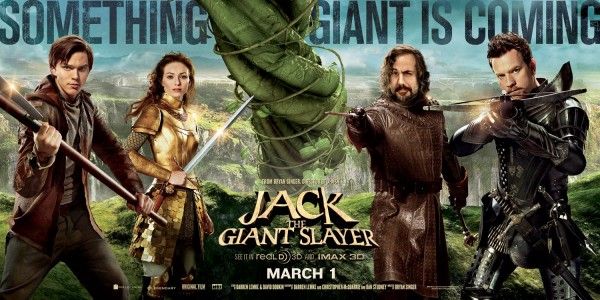
In Tabart's moralized version, a fairy woman explains to Jack that the giant had robbed and murdered his father justifying Jack's actions as retribution ( Andrew Lang follows this version in the Red Fairy Book of 1890). The original story portrays a "hero" gaining the sympathy of a man's wife, hiding in his house, robbing him, and finally killing him. Jack running from the giant in the Red Fairy Book (1890) by Andrew Lang This is found in few other tales, such as some variants of " Vasilisa the Beautiful". In other versions he is said to have married a princess. "Jack and the Beanstalk" is unusual in some versions in that the hero, although grown up, does not marry at the end but returns to his mother. The devil's mother or grandmother acts much like the giant's wife, a female figure protecting the child from the evil male figure.

The Brothers Grimm drew an analogy between this tale and a German fairy tale, " The Devil With the Three Golden Hairs". Christine Goldberg argues that the Aarne-Thompson system is inadequate for the tale because the others do not include the beanstalk, which has analogies in other types "Jack and the Beanstalk" is an Aarne-Thompson tale-type 328, The Treasures of the Giant, which includes the Italian " Thirteenth" and the French " How the Dragon Was Tricked" tales. 1606) in the form "Fie, foh, and fum, I smell the blood of a British man" (Act 3, Scene 4), and something similar also appears in "Jack the Giant Killer". The giant's catchphrase "Fee-fi-fo-fum! I smell the blood of an Englishman" appears in William Shakespeare's King Lear (c. In "The Story of Jack Spriggins" the giant is named Gogmagog. In some versions of the tale, the giant is unnamed, but many plays based on it name him Blunderbore (one giant of that name appears in the 18th-century tale " Jack the Giant Killer"). According to researchers at Durham University and the Universidade Nova de Lisboa, the tale type (AT 328, The Boy Steals Ogre's Treasure) to which the Jack story belongs may have had a Proto-Indo-European language (PIE) origin (the same tale also has Proto-Indo-Iranian variants), and so some think that the story would have originated millennia ago (4500 BC to 2500 BC). In 1807, English writer Benjamin Tabart published The History of Jack and the Bean Stalk, possibly actually edited by William and/or Mary Jane Godwin. Roberts in the 1734 second edition of Round About Our Coal-Fire. "The Story of Jack Spriggins and the Enchanted Bean" was published in London by J. In Walter Crane's woodcut the harp reaches out to cling to the vine Īccording to researchers at Durham University and Universidade Nova de Lisboa, the story originated more than five millennia ago, based on a wide-spread archaic story form which is now classified by folklorists as ATU 328 The Boy Who Stole Ogre's Treasure.
#JACK THE GIANT KILLER FULL MOVIE SERIES#
"Jack and the Beanstalk" is the best known of the " Jack tales", a series of stories featuring the archetypal Cornish and English hero and stock character Jack. Jacobs' version is most commonly reprinted today, and is believed to be closer to the oral versions than Tabart's because it lacks the moralizing. Henry Cole, publishing under pen name Felix Summerly, popularized the tale in The Home Treasury (1845), and Joseph Jacobs rewrote it in English Fairy Tales (1890).


It appeared as " The Story of Jack Spriggins and the Enchanted Bean" in 1734 and as Benjamin Tabart's moralized " The History of Jack and the Bean-Stalk" in 1807. " Jack and the Beanstalk" is an English fairy tale. Joseph Jacobs, English Fairy Tales (1890) Illustration by Arthur Rackham, 1918, in English Fairy Tales by Flora Annie Steelīenjamin Tabart, The History of Jack and the Bean-Stalk (1807)


 0 kommentar(er)
0 kommentar(er)
